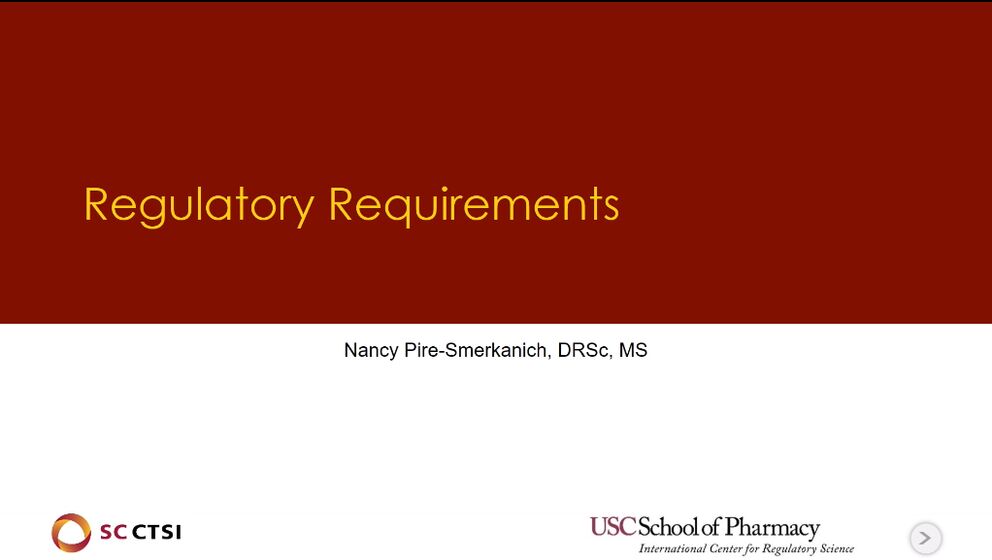- Definitions – Pharmacovigilance, Adverse Event (AE), Adverse Reaction by World Health Organization (WHO)
- The ‘S’ Factors
- Serious Adverse Event (SAE) Definitions
- Suspected Adverse Reaction (SAR)
- Suspected Unexpected Serious Adverse Reaction (SUSAR)
- FDA regulations
- Safety Reporting Requirements
- Adverse Event Reporting
- Safety Reporting Regulations
- Drugs and Biologics
- Medical Devices
- Medical Devices Report (MDR) Terminology
- Device Reporting Chart
- Medical Devices Report (MDR) Requirements
- Pre-Marketing Adverse Event (AE) Requirements
- Suspected Unexpected Serious Adverse Reaction (SUSAR) Reporting
- Unexpected, Fatal or Life-Threatening Suspected Adverse Event
- How to submit - Industry
- Council for International Organizations of Medical Sciences (CIOMS) Form
- US Investigational New Drug (IND) Safety Reports
- Determining Drug Relationship/Causality
- Other changes
- Adverse Event Reporting via IND Annual Reports
- Post-Marketing Adverse Event (AE) Reporting
- Periodic Safety Reports
Regulatory Science Symposium: Pharmacovigilance and Safety Reporting Session 2: Regulatory Requirements (2018)
In this series, we will discuss pharmacovigilance and safety reporting in clinical trials. Case studies are presented throughout the series.
Ethics & Participant Safety
Regulatory & Quality Sciences
Nancy Pire-Smerkanich, DRSc, MS
Assistant Professor, USC Mann Dept. of Regulatory and Quality Sciences; Associate Director, Regulatory Knowledge and Support
Course Syllabus/Topics
Acknowledgement
Accompanying text created by Khyati Ashtekar | Graduate Student, Regulatory Science, USC School of Pharmacy | ashtekar@usc.edu

